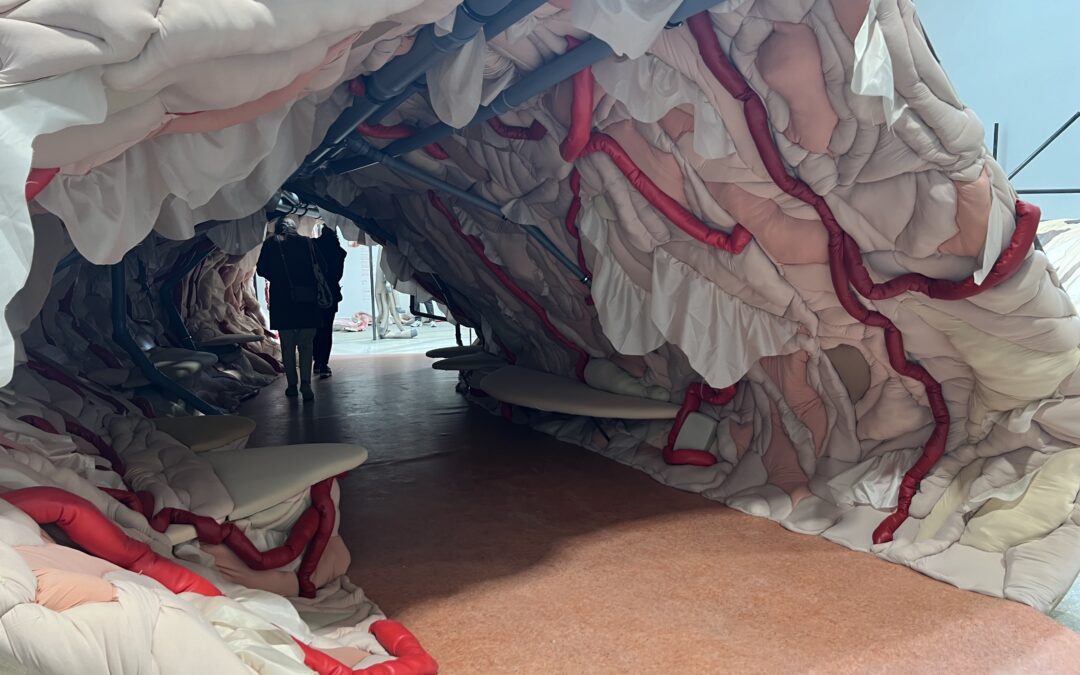After installing my work at the Grenada Pavilion, at the Venice Biennale, I visited several national pavilions. This is from my visit to the Czech Slovak Republic Pavilion.
The text by Hana Janečová on the poster read:
“Lenka the giraffe was captured in Kenya in 1954 and transported to Prague Zoo to become the very first Czeckoslovak giraffe. She survived only two years in captivity, after which her body was donated to the National Museum in Prague. In the museum’s taxidermy workshops, her insides were dissolved, leaving only her skin, while her remains were reportedly released into the public sewer system.”
The Heart of a Giraffe in Captivity is twelve kilos lighter, by Eva Koťátková, for the Czech representation at the 60th Venice Biennale, told the tragedy of a giraffe named Lenka: captured, shipped, held captive in Prague Zoo, dead within 2 years, body violated, stuffed and put on public view until 2000 at the National Museum in Prague.
Koťátková’s project highlighted the disrespect shown to Lenka in life, death and afterlife. There was too much noise in the pavilion for me to appreciate the ‘subtle renditions of the national anthems of all the countries Lenka visited on her journey,’ but, at the end of a disturbing walkthrough past tissues and viscera presented by Koťátková of large chunks of oversized upholstered giraffe neck, and past scans from the preserved parts of the ill-fate giraffe cast in silicone and strung around in macabre decoration, I was sure Lenka must have been terrified. The exhibition was impactful, as it was intended to be. I will not look at another giraffe, plush or real, the same.
Lenka’s tragic story reminded me of Sarah Baartman, a Khoisan woman who was removed from Africa and exhibited in Europe as the Hottentot Venus—because of her steatopygia, ie. fatty buttocks and thighs. After she died in 1815 at age 26, she was dissected, and her body cast, brain, genitalia and skeleton exhibited in two Paris museums, before her remains were finally repatriated to South Africa in 2002. Baartman endured 2 centuries of public humiliation.
Lenka was brought to a global audience in a space where her silenced voice could be heard, and her story told. Similar tragedies are part of the historical colonial narrative—the everydayness of collecting animals and people, and relocating them in the name of science, amusement, trade or plain spite. Their stories are waiting to be told.
#nomanisanisland #grenadavenicepavilion #biennalearte2024 #foreignerseverywhere #StranieriOvunque #artstungingrenada #suelinlowchewtung #foreignerwithin @grenadapavilionvenice @artstungingrenada @ngprague



